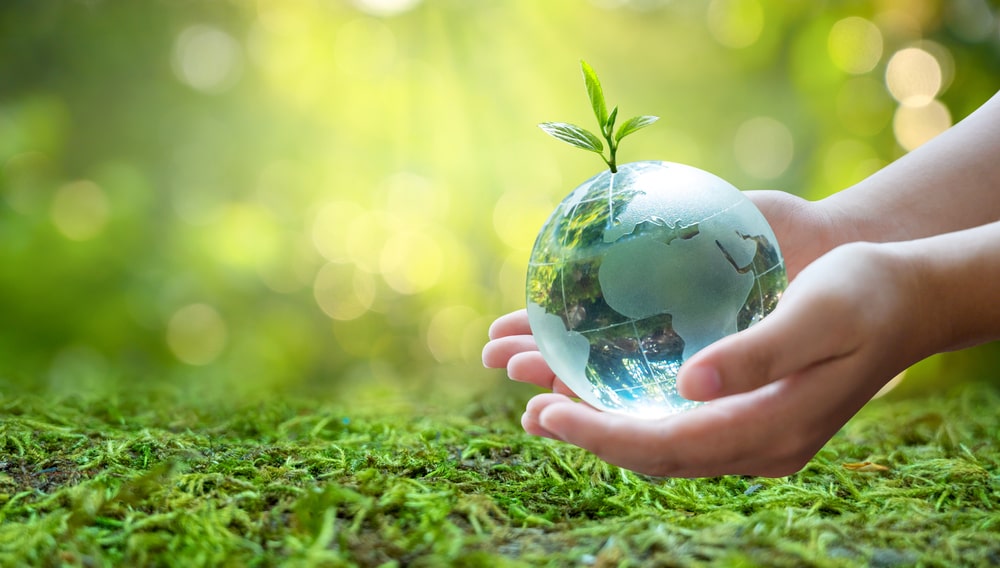This coming Saturday, April 22nd, is Earth Day!
Earth Day was established in 1969 at a UNESCO (United Nations Educational, Scientific, and Cultural Organization) conference in San Francisco, California. In March of 1970, a sanctioned Proclamation was signed at the U.N. A U.S. senator from Wisconsin organized a national demonstration about environmental issues, and the first Earth Day was born.
In the 1950s, the U.S. wasn’t concerned with the food we were eating, the fossil fuels we were using, or the pesticides we sprayed. We had never heard the words Environmental Impact. And then, a marine biologist employed by the United States Fish and Wildlife Service, who was concerned about the use of DDT, wrote a book published in 1962 that changed all that. The marine biologist was Rachel Carson, and the book was Silent Spring.
Silent Spring had such an impact on public opinion that it indirectly led to the creation of the Environmental Protection Agency (EPA) and the Earth Day proclamation.
Now…
Now, more than 50 years after Earth Day was first proclaimed, look at how far we have come—and how far we have to go.
Some of the latest research shows that by 2050 there will be more plastic than fish in our oceans. According to Scientific American, in the last year, 65 species of plants in North America alone were declared extinct, along with numerous fish, frogs, and insects—primarily due to loss of habitat.
On the other hand, we are far more environmentally aware than we were. We have become more conscious of the loss of habitat threatening our wildlife. I am encouraged by the number of customers I see every day, asking about how to attract bees and butterflies or how to use a product so as not to impact pollinators.
Celebrate Every Day!
Me? I think we should celebrate Earth Day 365 days a year. I try to do this in my own yard by:
- Using organic controls whenever possible.
- Making sure I add wildlife-friendly features to my yard.
- Remember that however much I hate raking leaves in the fall, trees substantially impact our environment.
Why not look at your yard and garden with an eye toward making it more environmentally friendly and sustainable? If you would like suggestions about how to do that, visit the Great Big Greenhouse and talk with our experts.
Happy Earth Day
Maybe one day, Earth Day won’t be necessary because we’ll automatically make environmentally responsible decisions and won’t be worried about the loss of bees and butterflies, the melting of polar ice caps, and the extinction of yet more species of plants and animals. I hope so.
In the meantime, Happy Earth Day!

